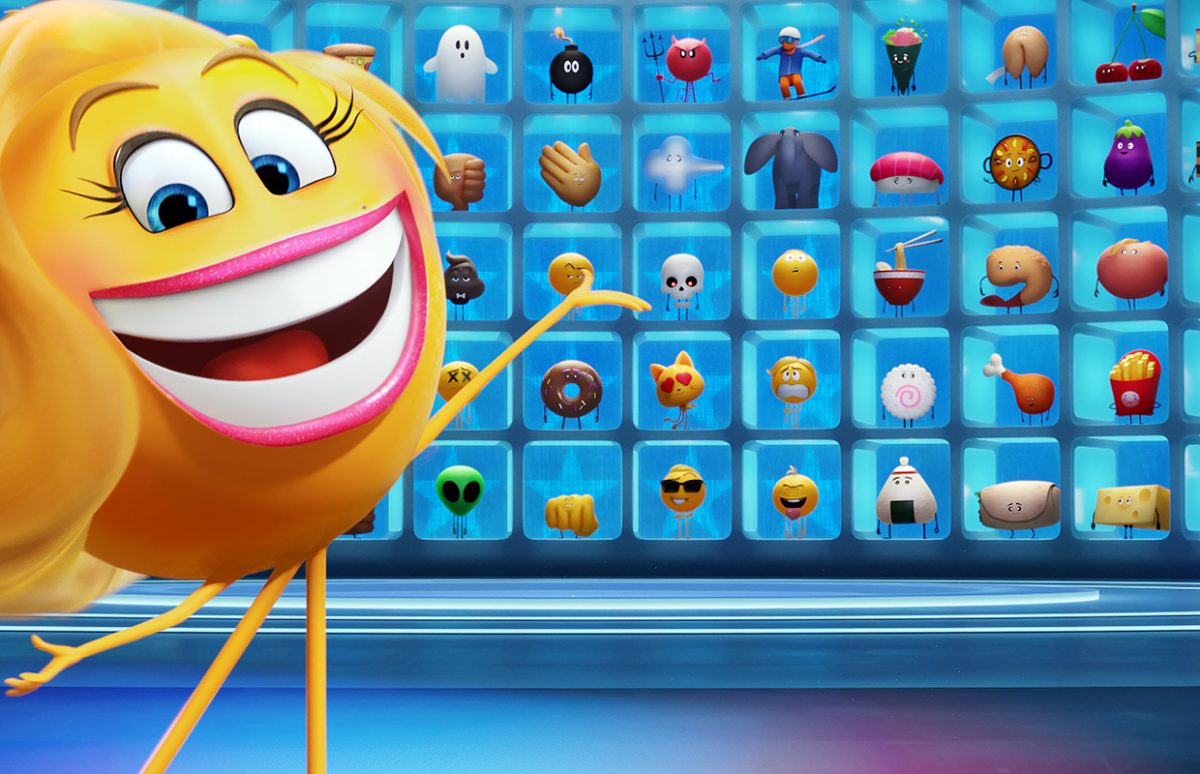Worldwide, we send 6 billion emojis a day to accompany or replace text in messages. So it was only a matter of time till someone made a film in which emojis come to life.
The Emoji Movie is based on the idea that each emoji can only have one facial expression and one tone. Smiler’s always got to be smiling, Crier always has to cry even if he just won the lottery.
Until one emoji is born with no filter. He's called Gene — what else? — and he is supposed to be a Meh, that universal teen expression of boredom. Instead he is brimming over with different emotions.
So do one-dimensional emojis really aid communication? Linguistics professor Vyv Evans carried out research at Bangor University in Wales. His research implies that emojis do at least help replace some of the meaning lost when we communicate digitally rather than face-to-face. In direct interaction, about 70% of the information communicated is non-verbal — expression, gestures and intonation. The use of emoji can at least give cues. For example, Professor Evans suggests:
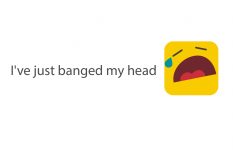
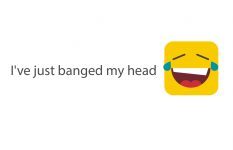
In the first case, the messager is eliciting sympathy. In the second, they are inviting their correspondent to join them in laughing at their own clumsiness.
Emoji have become so ubiquitous, that Oxford Dictionary chose that "crying with laughter "emoji above right as its "Word of the Year" in 2015.
Where Do They Come From?
The first recorded use of emoticons using keyboard characters like 😉 date back to 1982. The more pictorial emojis appeared in 1999 in Japan. Emoji means "picture character" in Japanese. They come from a manga tradition called "mapu" dating back to the 19th century.
But like any form of language, those using it to communicate need to agree on what it means. So emojis are supervised by a Californian non-profit organisation called the Unicode Consortium, which has been the reference organisation since 1991 for producing computer code to translate all language systems and alphabets for digital use.
Candidates for the annual emoji update take on average 18 months to become emoji. There are some rules. Deities and representations of specific people are not allowed.
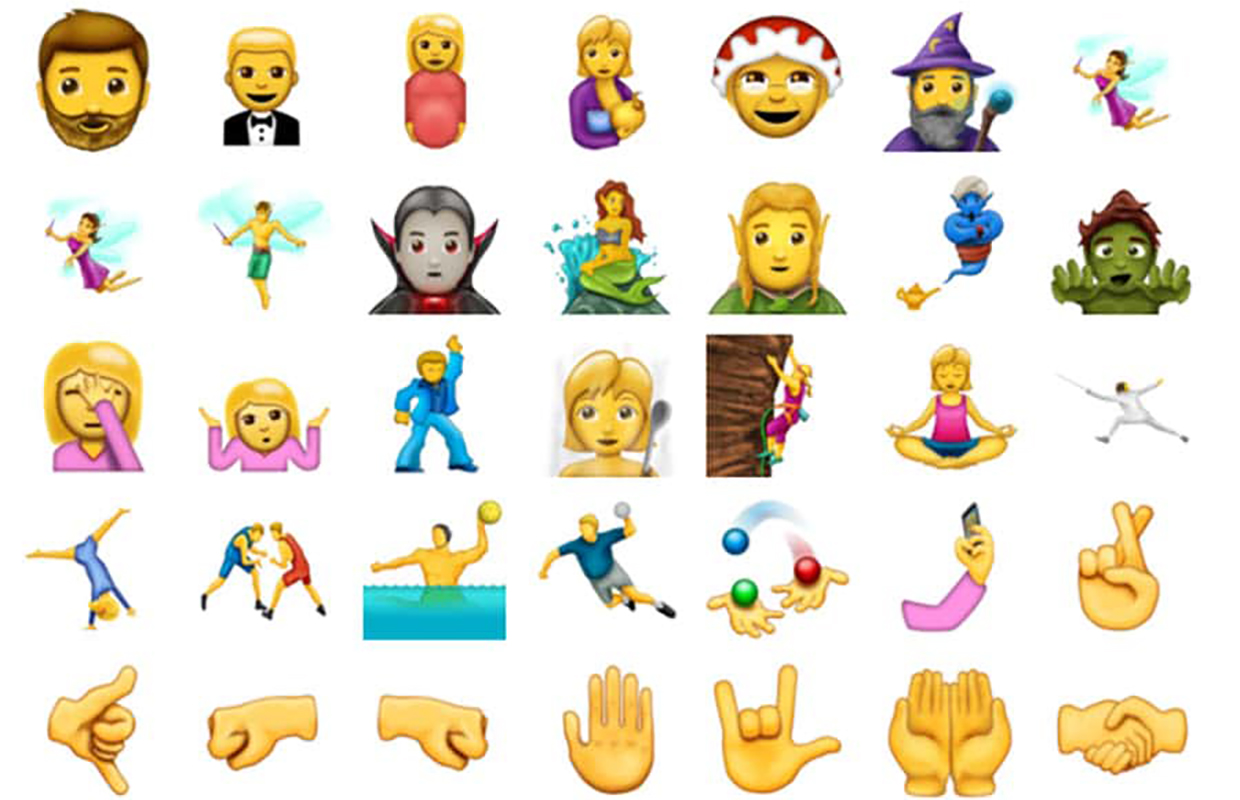
Unicode gives a model for the code but Apple, Samsung and Google draw their own versions. And there is latitude for adaptation. Apple recently redrew the gun emoji as a water pistol out of concern that it was being used in threatening messages.
About 70% of emojis sent are emotion based but there are more and more are appearing which represent activities, food or different types of people. The 2017 update included symbols meaning "star struck", "shush" or "crazy face" as well as a bearded man and a woman in a headscarf, zombies, vampires, socks, a zebra, a coconut, Scottish, English and Welsh flags, and a flying saucer. In case you missed any, here they are:
Tech company SwiftKey analysed a billion electronic messages from around the world in 2015 and found significant differences in usage between countries. Arabic users sent a lot of flowers and plants, whereas the French (really!) send four times as many lovehearts as any other nation. When comparing four English-speaking nations, the research showed the Americans, not surprisingly send gun emojis more often than Brits, but less that Canadians. The Australians led the field in "cheers" emojis showing beers, and Canada came out top for the use of the poop emoji.
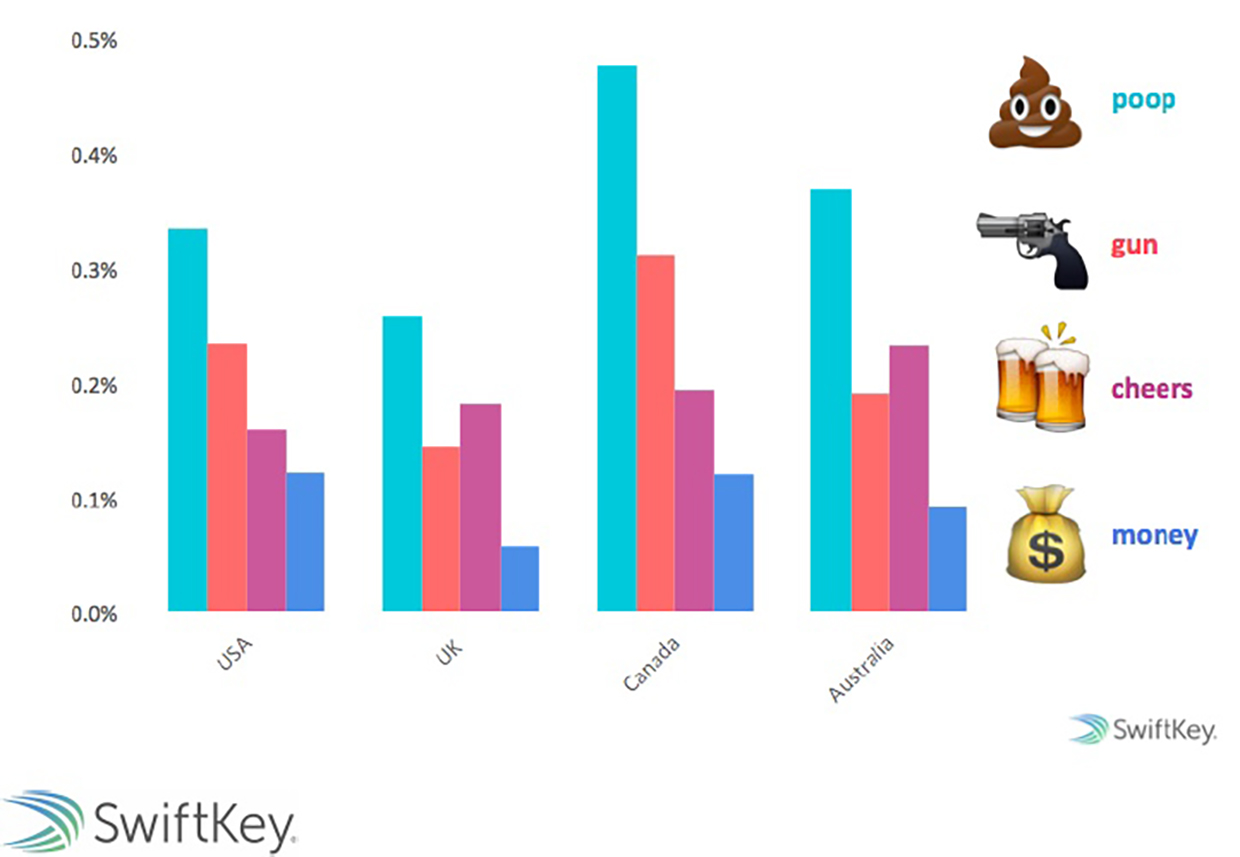
Check out our downloadable A2-level article and activities
on the Emoji Movie.
Copyright(s) :
Sony Pictures Animation © 2017 CTMG, Inc. All Rights Reserved.
Dmytro Onopko/Shutterstock
Unicode
Swiftkey





